Global solar PV capacity increased by 98 gigawatts (GW) to 402 GW, an increase of approximately 33%, and global wind power capacity increased by 52 GW to 539 GW, an increase of approximately 11%.
In 2017, 179 countries had national, state, and/or provincial renewable energy targets, and 57 countries had a 100% renewable electricity target at the national or subnational level.
Multiple electricity systems are successfully integrating high penetrations of variable renewable energy such as solar and wind without affecting grid stability. Five countries generated more than 20% of their electricity from wind and solar in 2017: Denmark, Uruguay, Germany, Ireland, Portugal, and Spain (see graph below).
Links to the full GSR report, highlights, and infographics are available here.

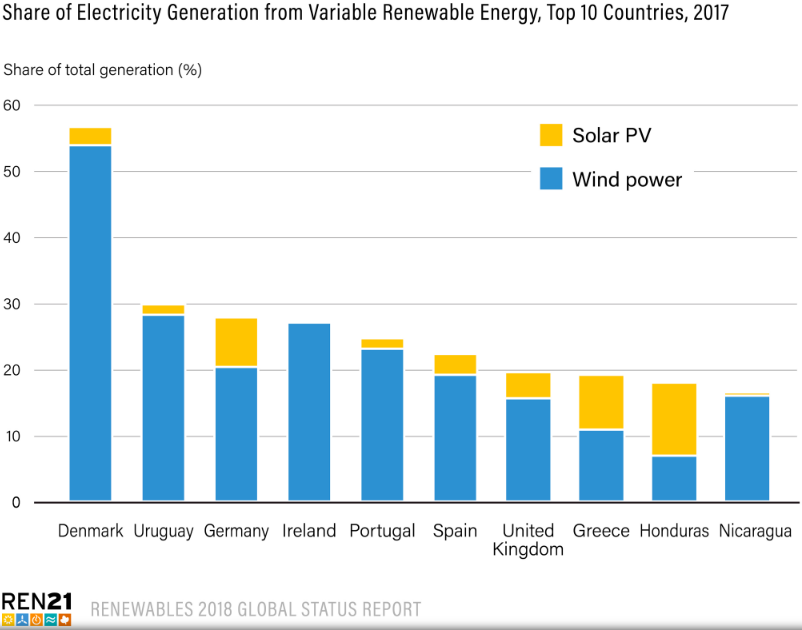
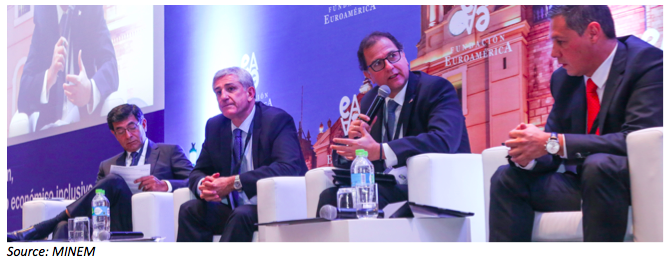
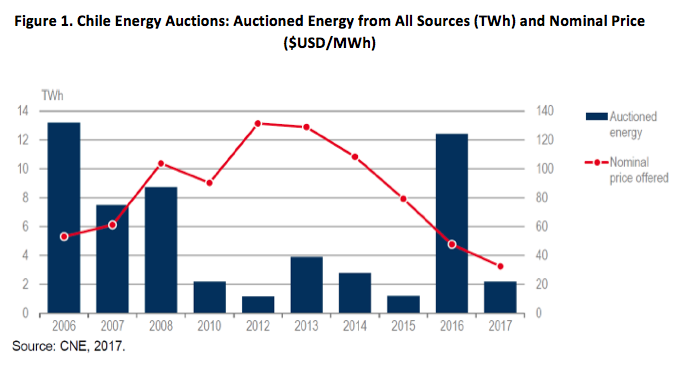
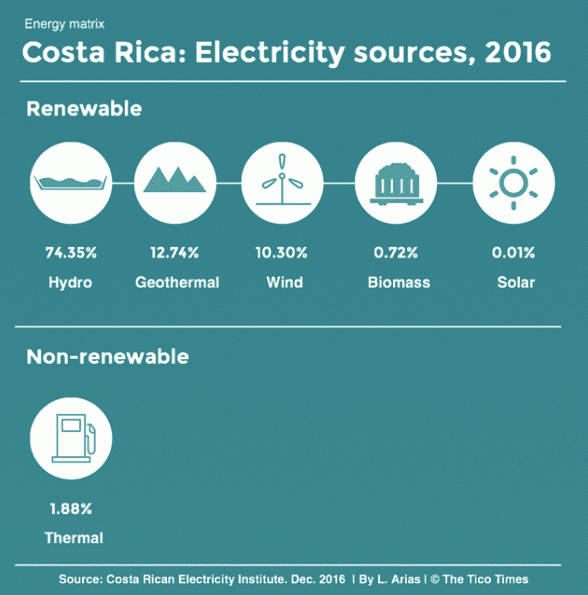
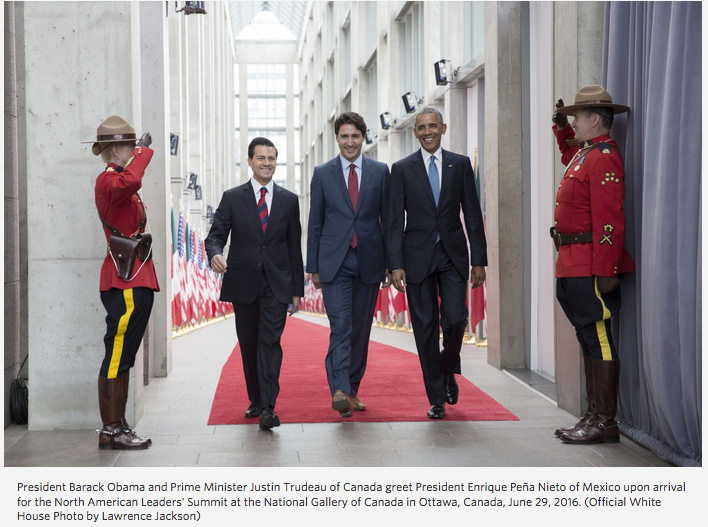

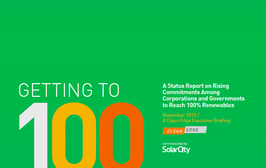

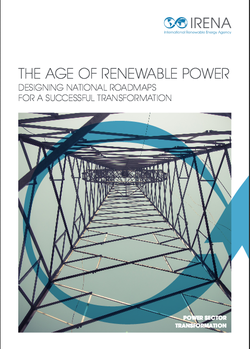

 RSS Feed
RSS Feed